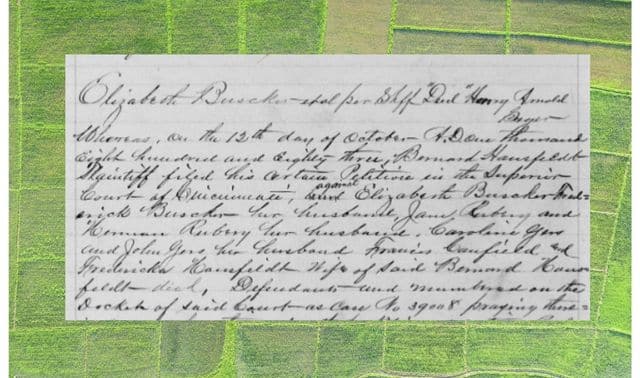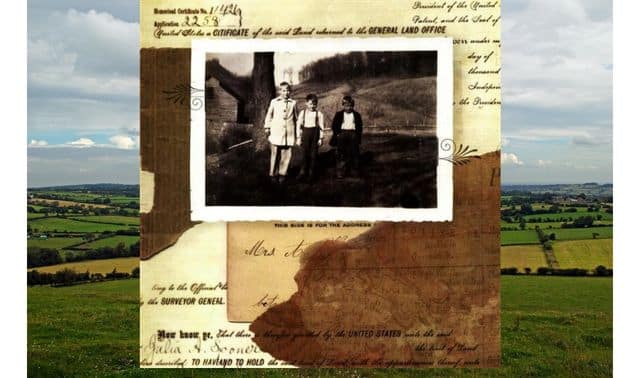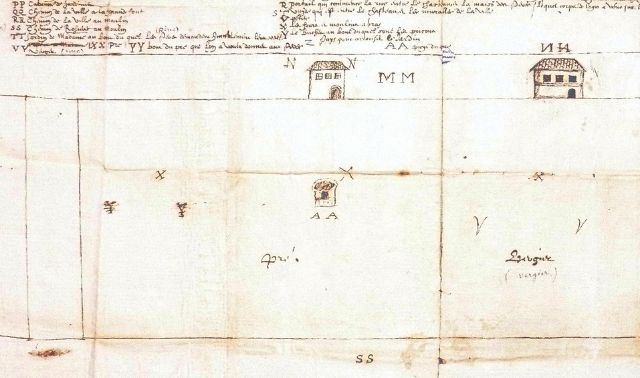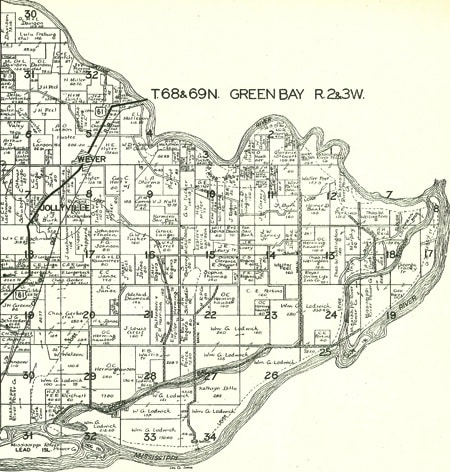Sign up for the Family Tree Newsletter Plus, you’ll receive our 10 Essential Genealogy Research Forms PDF as a special thank you!
Get Your Free Genealogy Forms
"*" indicates required fields
When last I blogged about my Seeger family, I had uncovered their previously unknown migration (a short one, just a few doors down the street) and added finding the associated deed record to my genealogy to-do list.
Deeds are both rewarding and difficult to find. They’re rarely online. Counties keep them in various states of organization, and they’re usually unindexed or only partially indexed. I’m lucky that Hamilton County, Ohio, records are on the free FamilySearch.org. The collection includes deed index books, which give the volume and page number with the recorded deed.
But most of the index books aren’t organized by name. Instead, each series of index books covers a year range. Sections of the books are devoted to subdivisions (with multiple books including each subdivision), but you don’t know what subdivisions are in a book without paging through. Pages for a subdivision list property transactions with the grantor (seller), grantee (buyer), lot number and a short description with street names. (More on Hamilton County, Ohio, deeds here.)
I knew my ancestors’ subdivision (Ferneding’s), lot number (23), and about when they moved (1883). So over two or three episodes of “Castle,” I browsed through the series of index books covering this year. It helped to be familiar with the area: Subdivisions located near each other seemed to appear together in the indexes, so I skipped a bunch of pages when I could tell from street names that I was in the wrong part of town.
The series had 36 books in all, and I found what I needed in book 27, page 110 (this is the top of the page and my ancestor’s entry near the bottom):


After that it was much easier—I found the deed in vol. 560, page 508, right where the index said it should be. Here’s how the record, dated Oct. 13, 1883, starts:
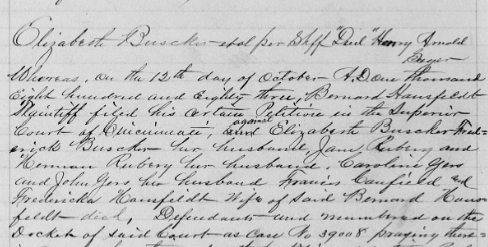
Apparently there was a legal dispute over dividing the lot, and my great-great-grandfather H.A. Seeger purchased the southern half once it was settled. This is consistent with my mom’s memory of another building behind our family’s, with a courtyard in the middle. (The two buildings have since been combined and the front door relocated around the corner, which changed the address.)
You might not have such a lengthy deed search if a local genealogical society or repository has published a name index to deeds in your ancestor’s area, or even made records searchable online. Try an online search for the county name plus deeds genealogy.
Then you can use the index information to find the deed on microfilm through FamilySearch or a local archive, on a visit to the courthouse, or via a written request for photocopies.
Related Reads
ADVERTISEMENT

